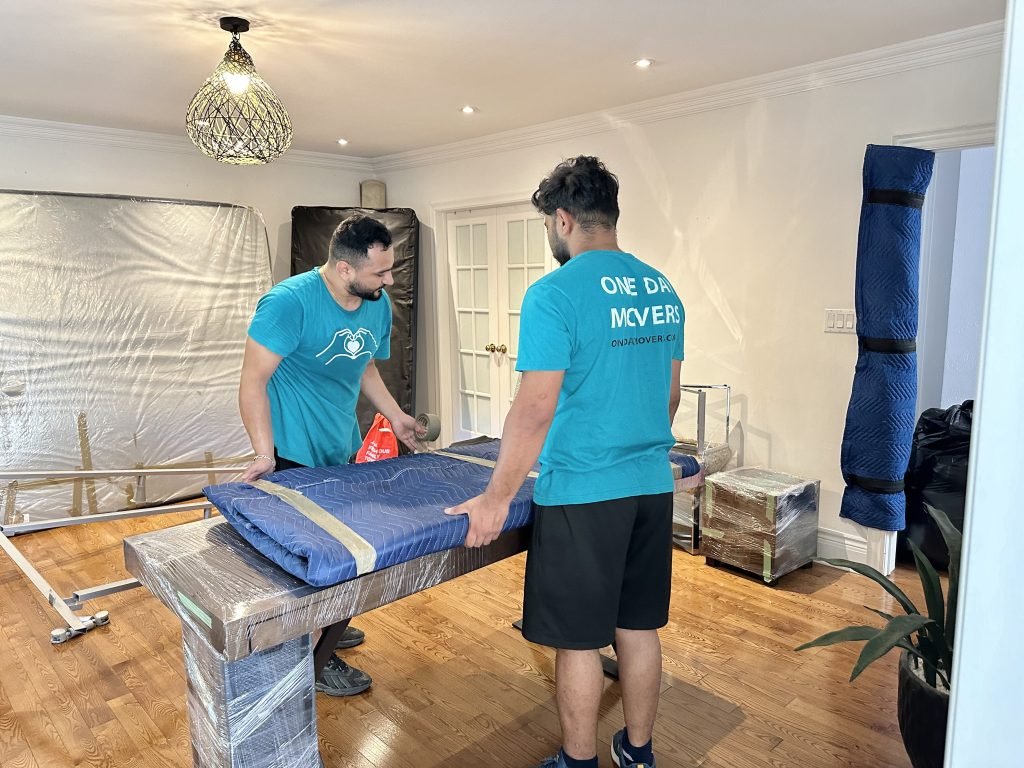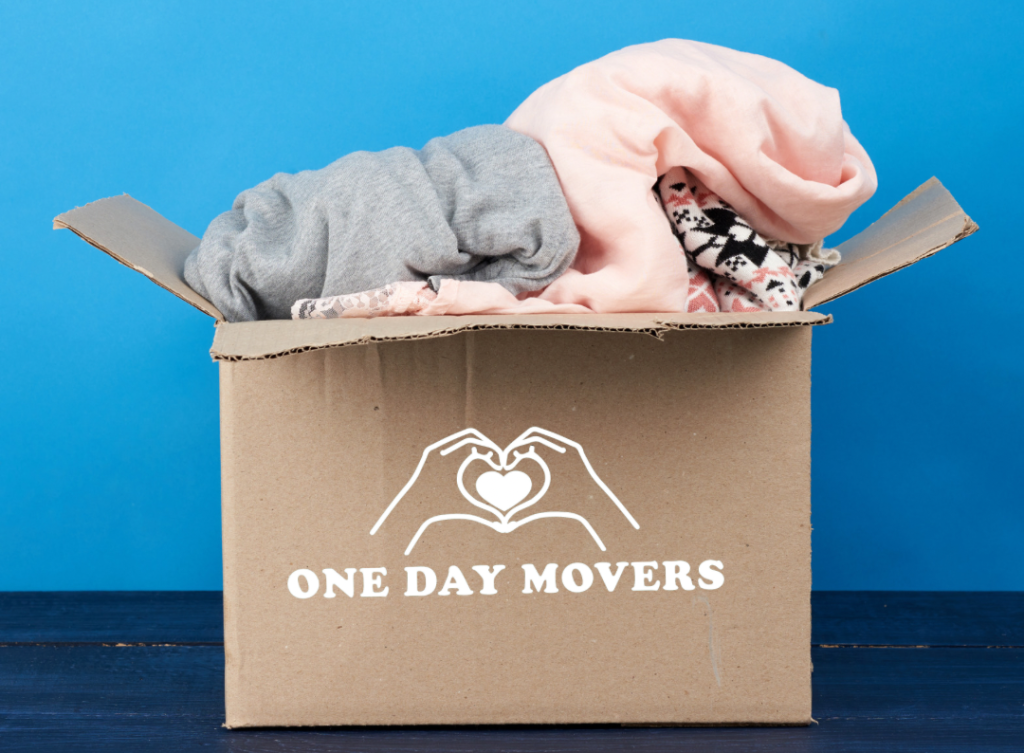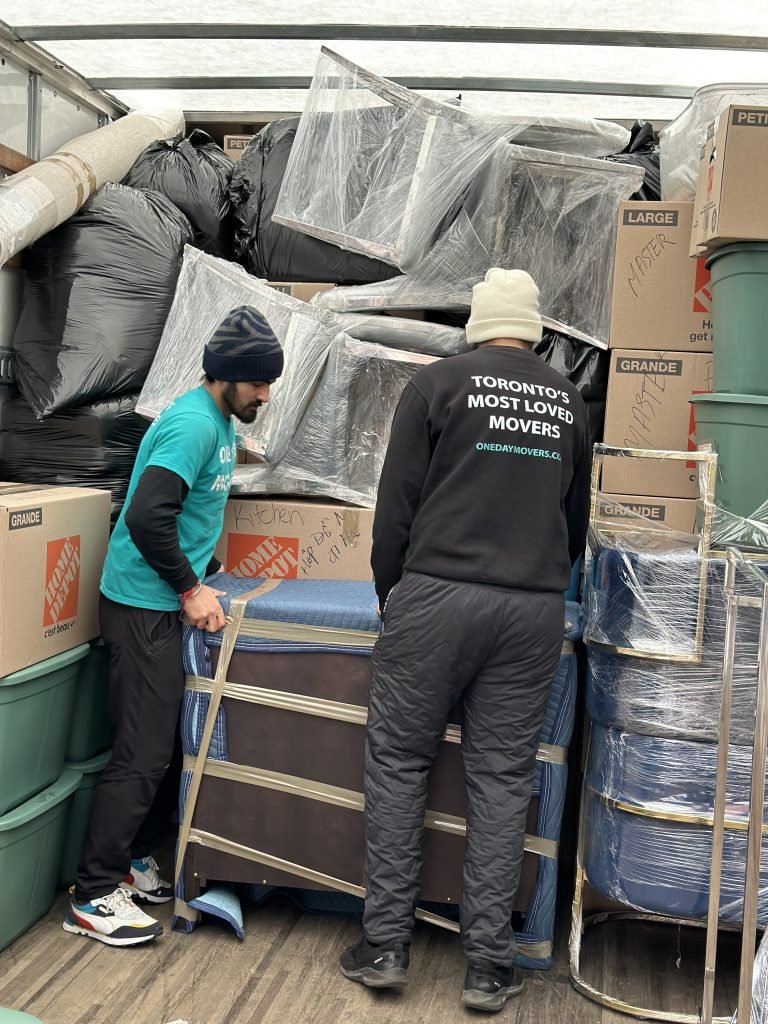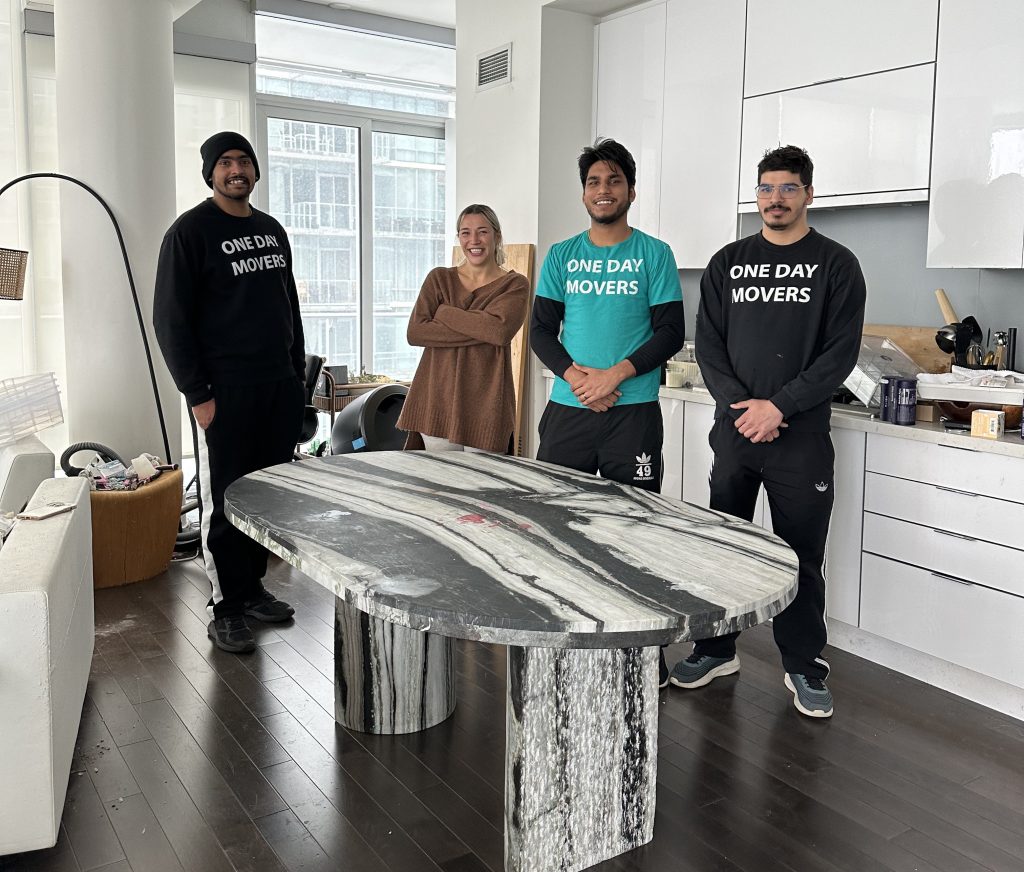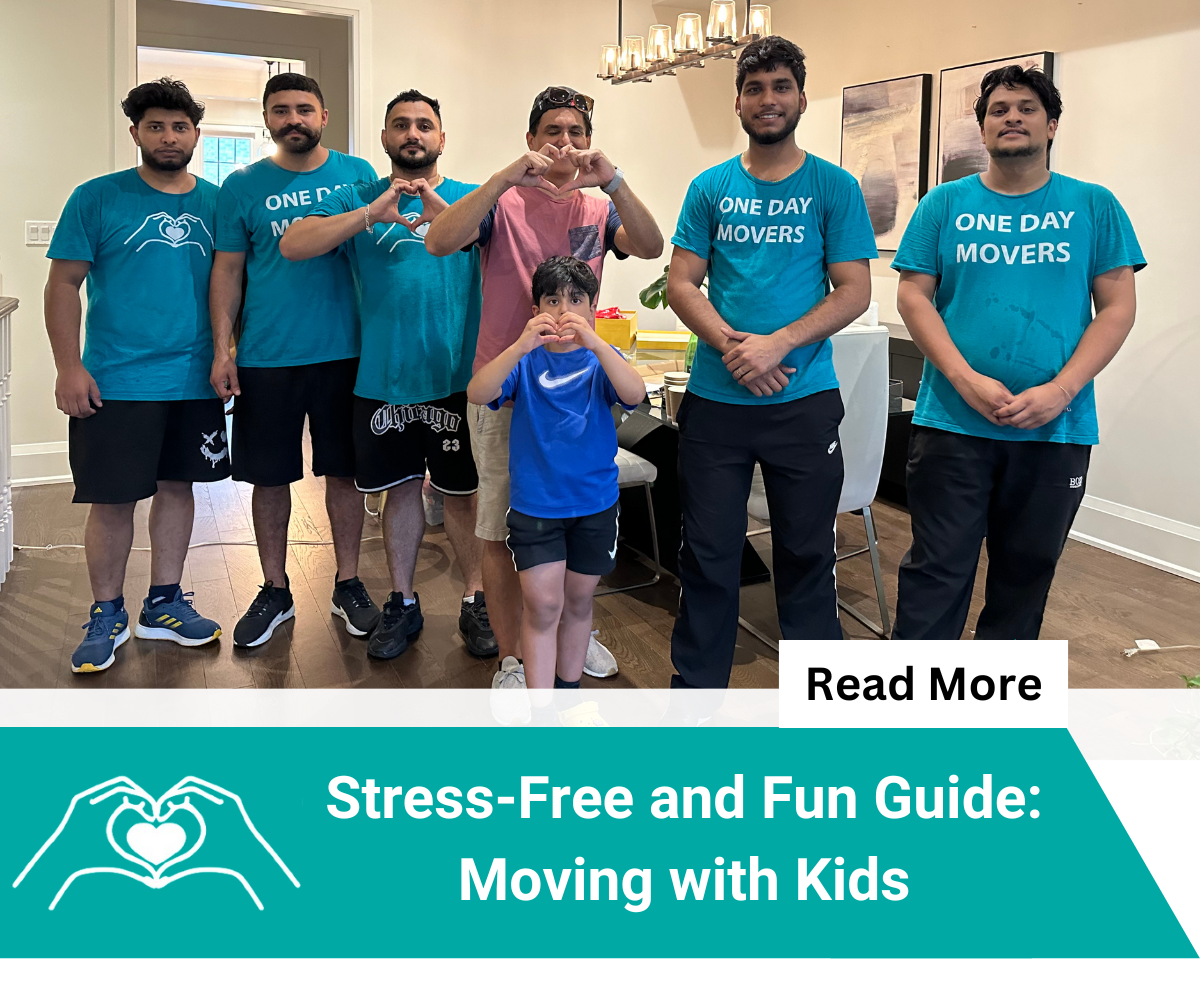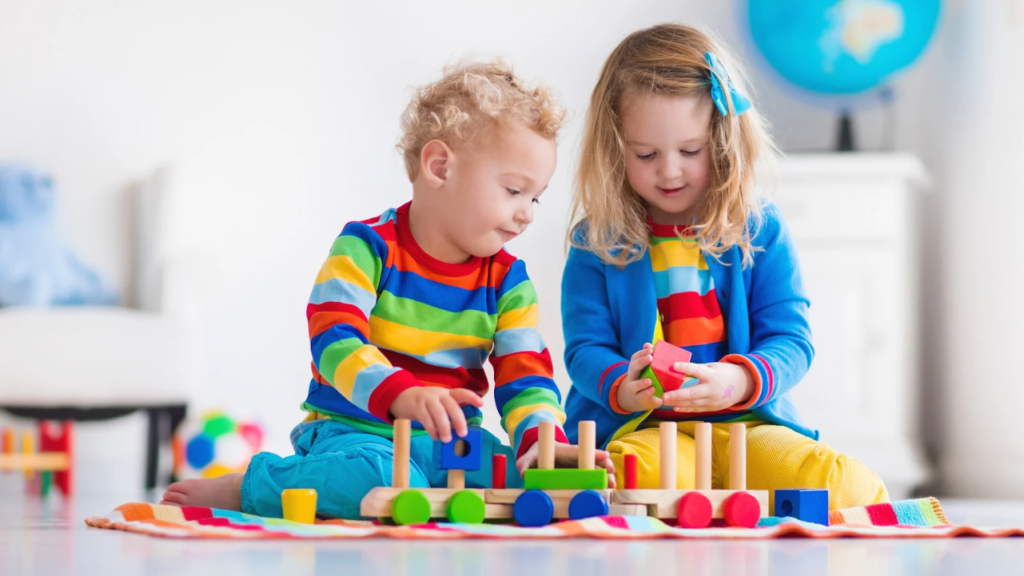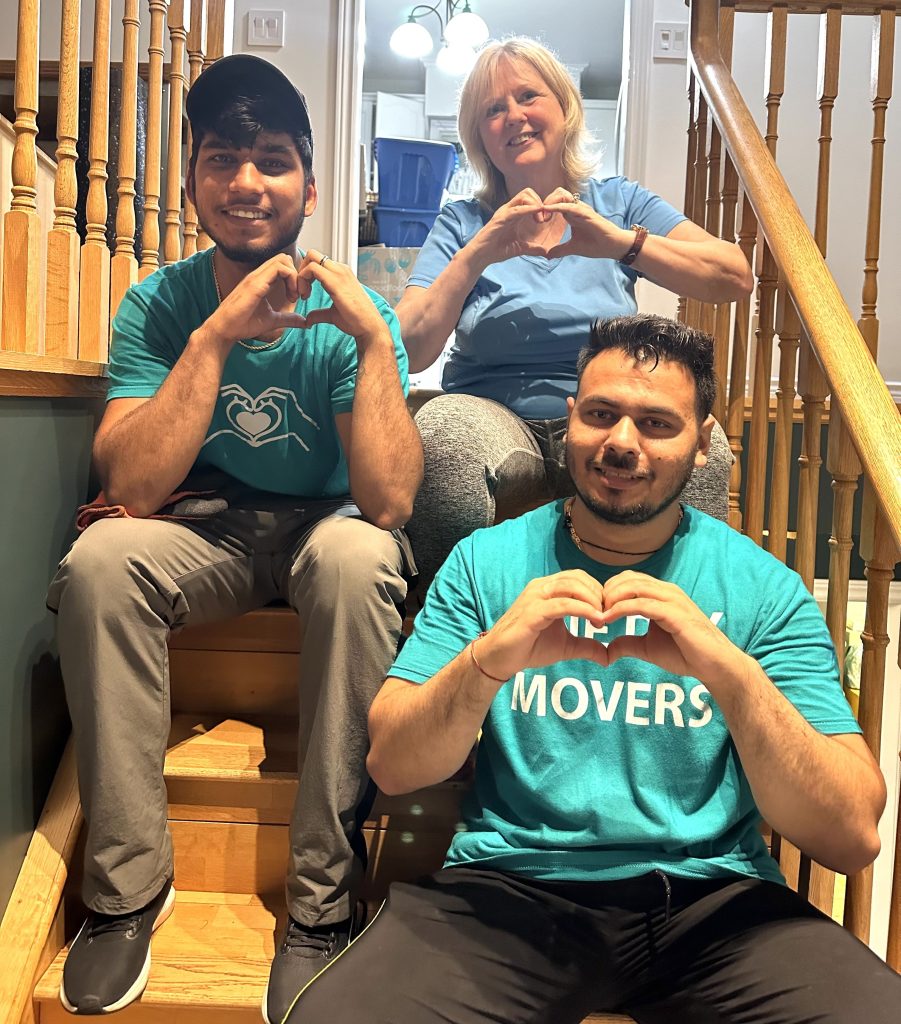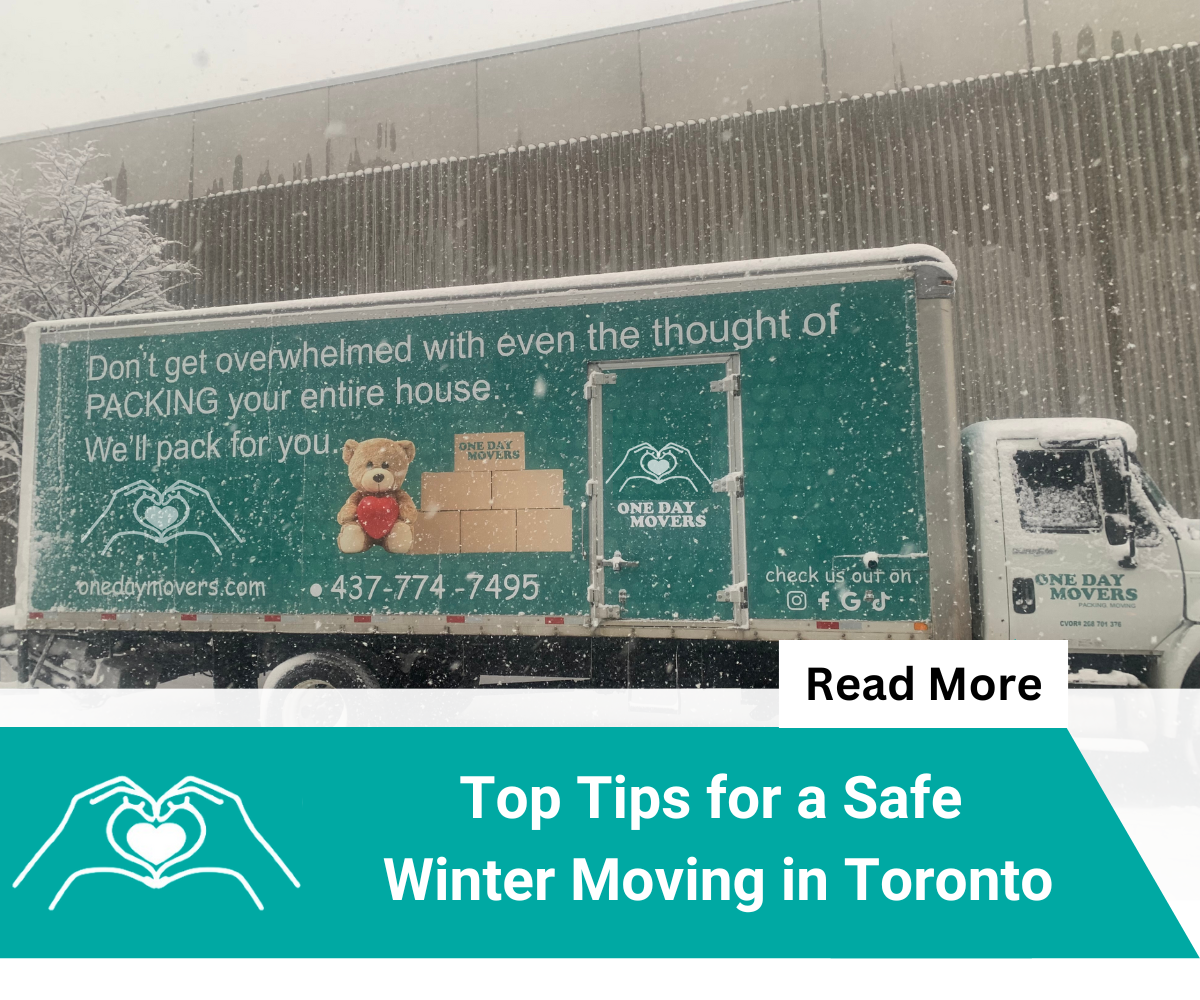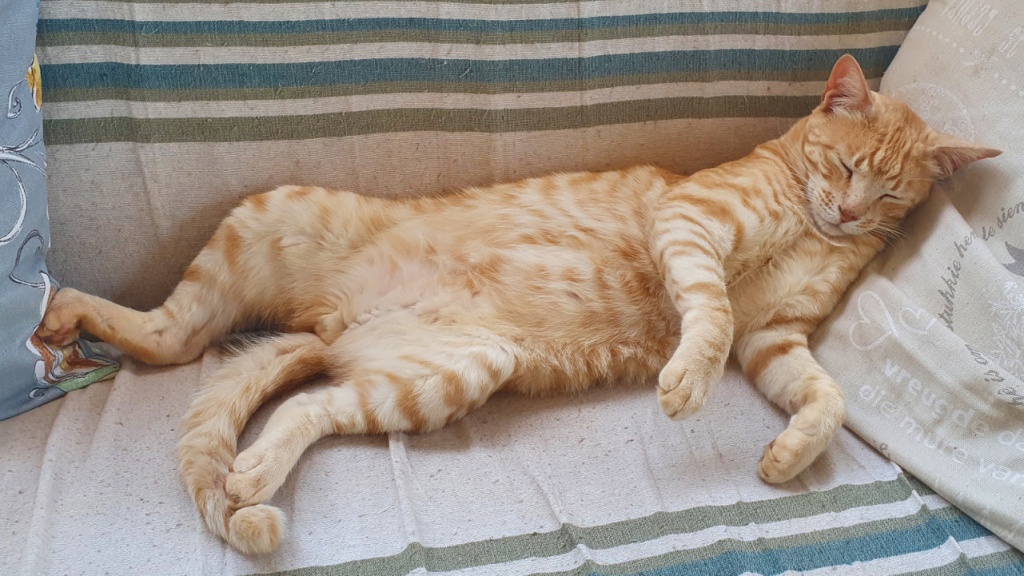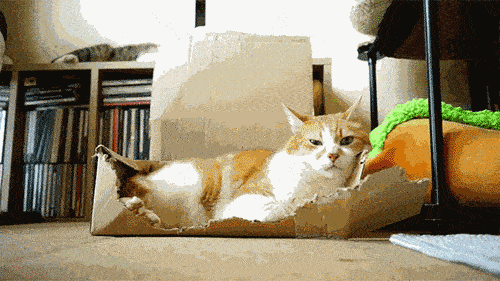Moving to a new home involves more than just packing up your belongings and settling into a new space. One of the most critical tasks on your moving checklist is updating your address with various organizations, agencies, and companies.
This step ensures that your mail, bills, and important documents follow you to your new address. In this guide, we will explore all the places you need to update your address when moving, with some unique tips that may not be widely known.
Important Organizations to Notify When Moving
Category Examples of Organizations/Entities When to Notify How to Update Government Agencies ServiceOntario, CRA, Elections Canada As soon as possible Online, in person, or by phone Utilities and Service Providers Hydro, gas, Internet and Cable Providers, Mobile Phone Providers, rental equipment At least 2-4 weeks before moving Online or by phone Financial Institutions Banks, Insurance Companies 1-2 weeks before moving Online, in person, or by phone Healthcare Providers Doctors, Dentists, Pharmacists 1-2 weeks before moving or at your next visit In-person or by phone Subscriptions and Memberships Magazines, Streaming Services, Loyalty Programs 1-4 weeks before moving Online or by phone Educational Institutions and Associations Universities, Alumni Associations, Professional Associations Before or after moving Online, by phone, or in person Government Assistance Programs Ontario Works, ODSP, OAS, CPP As soon as possible Online or by phone1. Government Agencies
Updating your address with government agencies is a crucial first step. This ensures you stay compliant with legal requirements and continue to receive essential services.
ServiceOntario: This agency handles your driver’s license, vehicle registration, health card (OHIP), and other provincial services. It’s important to update your address with ServiceOntario as soon as possible, ideally at least two weeks before your move. You can do this online or by visiting a ServiceOntario location. Failure to update your address could result in fines, so don’t delay.
Canada Revenue Agency (CRA): The CRA needs your current address to send important tax documents and correspondence. You can update your address through their online services or by calling their hotline. Make sure to do this before the tax season to avoid missing out on important information.
Elections Canada: Your address must be up-to-date to ensure you’re registered to vote in your new district. Update your address online with Elections Canada before the next election period.
Important Tip: If you’re an armed forces member or a student studying away from home, consider updating your address with ServiceOntario to reflect your current living situation. This ensures that you receive essential communications and benefits without interruption.
2. Utilities and Service Providers

Utility companies and service providers need to know your new address to ensure there’s no disruption to your services.
Electricity and Gas Providers: Contact your electricity provider, like Hydro One, as soon as possible, preferably a month in advance. This gives them enough time to transfer or set up services at your new address.
Internet and Cable Providers: Most telecom companies require at least three weeks’ notice to transfer your services. This is also a good time to reassess your service needs and consider switching providers if your current plan no longer suits your new location.
Mobile Phone Provider: Don’t forget to update your address with your mobile phone provider. This can often be done online through your account portal. This ensures your billing address is correct and that you receive any physical correspondence.
Important Tip: If you have smart home devices, remember to update the address linked to your smart home account. This can be critical for emergency services if your devices are used for security or health monitoring.
3. Financial Institutions
Your bank and other financial institutions must have your current address to send statements, credit card bills, and other financial documents.
Banks and Credit Unions: Update your address with your bank at least a week before you move. You can do this online or by visiting a branch. Remember, address changes for credit cards and bank accounts might need to be done separately.
Insurance Companies: If you have home, auto, or health insurance, notify your insurance company of your move two weeks in advance. Your new address could affect your policy rates, so it’s crucial to update this information as soon as possible.
Important Tip: If you have investments or savings bonds, ensure that you update your address with the respective institutions. This helps you stay informed about your financial assets and avoid missing important notices or dividends.
4. Healthcare Providers

Keeping your healthcare providers informed of your new address is essential for ensuring continuity of care.
Doctors and Dentists: Notify your family doctor, dentist, and any specialists of your new address. If you’re moving far, you might need to find new healthcare providers in your area.
Pharmacists: Update your address with your pharmacist. If you’re transferring to a new pharmacy, ensure that your prescription records are moved as well. This is important for continuing your medication without interruption.
Important Tip: If you have any ongoing treatments or need medical supplies delivered, inform your healthcare providers of your move in advance. This ensures that there’s no gap in your treatment or delivery schedule.
5. Subscriptions and Memberships
From magazines to streaming services, keeping your subscriptions up to date ensures that you continue to receive your services without interruption.
Magazines and Newspapers: Notify your magazine and newspaper subscriptions at least a month before you move. Many companies allow you to change your address online.
Streaming and Online Services: Don’t forget to update the billing address on your streaming services like Netflix, Spotify, and Amazon Prime. This ensures that your subscriptions continue smoothly.
Important Tip: For rewards programs and loyalty memberships, update your address to avoid missing out on special offers and promotions. Many rewards programs send discounts and offers by mail, so keeping your address current is beneficial.
6. Educational Institutions and Associations

If you’re affiliated with any educational institutions or professional associations, updating your address is crucial for maintaining your records and receiving important communications.
Universities and Alumni Associations: If you’re a student or alumnus, update your address with your university’s registrar’s office. This is especially important for receiving transcripts, diplomas, or alumni communications.
Professional Associations: If you belong to any professional associations, ensure your address is up to date. This helps you stay informed about industry news, events, and certifications.
Important Tip: If you’re part of a union or other work-related association, updating your address ensures you continue to receive important updates and benefits.
7. Government Assistance Programs
If you receive any government benefits or are enrolled in assistance programs, updating your address is critical.
Ontario Works and Ontario Disability Support Program (ODSP): Notify these programs as soon as possible to avoid interruptions in your benefits. You can update your address online or by phone.
Old Age Security (OAS) and Canada Pension Plan (CPP): Update your address a couple of weeks before you move to ensure your pension payments and benefits are sent to the correct address.
Important Tip: If you have any student loans, such as OSAP, remember to update your address with your loan provider. This ensures that you receive important information about your loan status, repayment schedules, and any changes to your account.
Plan Your Move with One Day Movers in Toronto
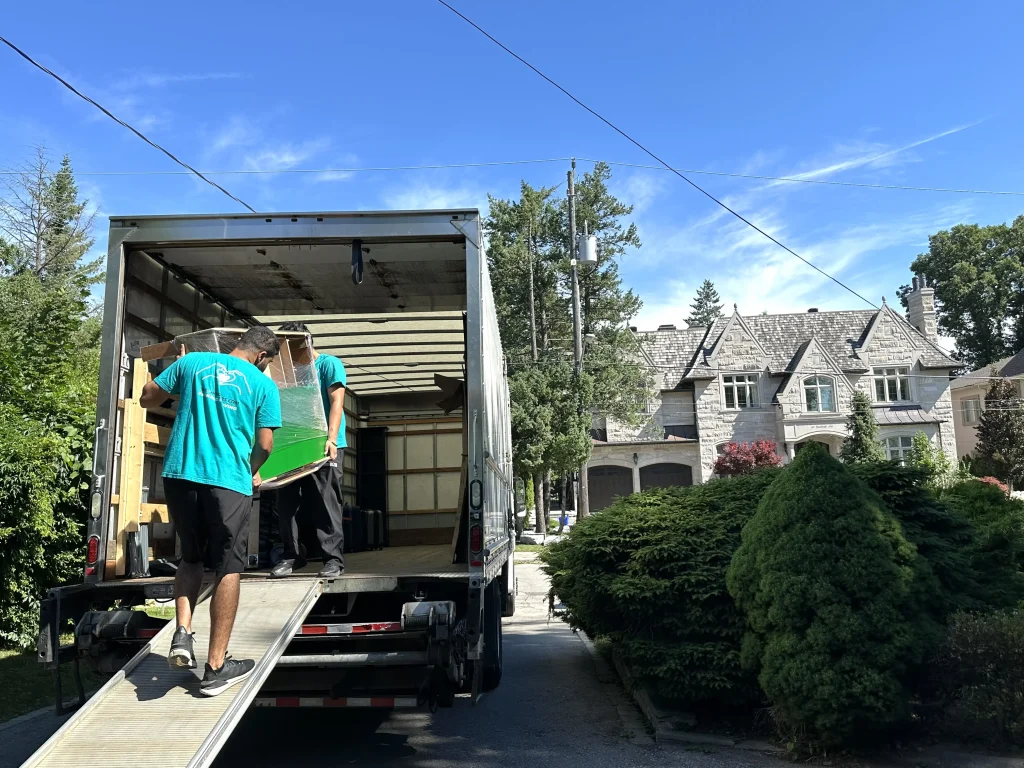
When it comes to moving, ensuring that all your addresses are updated is just one part of the process. If you want to make your move as smooth and stress-free as possible, consider hiring One Day Movers. Our professional team is one of the leading moving companies in Toronto, specializing in handling moves of all sizes with utmost care and efficiency.
Here’s why you should choose One Day Movers for your next move:
- Experienced Team: Our movers are trained to handle all aspects of your move, including packing, transportation, and unloading. We understand the intricacies of moving in Toronto and can navigate any challenge with ease.
- Comprehensive Services: We offer a full range of moving services, tailored to meet your specific needs. Whether it’s a last-minute move or a carefully planned relocation, we’ve got you covered.
- Safety First: We prioritize the safety of your belongings, using the latest equipment and techniques to ensure everything arrives at your new home in perfect condition.
- Customer-First Approach: At One Day Movers, we work closely with you to customize our services, ensuring that your move is handled exactly as you want.
Whether you’re moving across town or to a new city, One Day Movers is committed to making your move as seamless as possible. Contact us today to schedule your move and experience the difference that professional movers can make.
Conclusion
Updating your address when moving is a crucial task that ensures you continue receiving all your important communications and services without interruption.
From government agencies and financial institutions to healthcare providers and subscriptions, making sure your address is up to date will help you avoid missed mail and ensure a smooth transition to your new home. When it comes to the actual moving process, One Day Movers is here to help make your move as easy and stress-free as possible.
FAQs
Q. When should I start updating my address before moving?
A: It’s best to start updating your address at least 2-4 weeks before your move. This ensures that your important mail and services are redirected to your new address on time. Some organizations, like government agencies and utility providers, should be notified as soon as possible.
Q. How do I update my address with government agencies?
A: You can update your address with government agencies like ServiceOntario, the Canada Revenue Agency (CRA), and Elections Canada online, by phone, or in person. It’s important to do this promptly to avoid missing any important communications or risking legal penalties.
Q. What happens if I forget to update my address with a service provider?
A: If you forget to update your address with a service provider, you might miss important bills, notices, or services. This could result in late fees, service interruptions, or even fines. It’s a good idea to make a checklist of all the organizations you need to notify to ensure nothing is missed.
Q. Can I update my address online for all services?
A: Most services, including banks, utility providers, and streaming services, offer the option to update your address online. However, some organizations, like certain government agencies or healthcare providers, might require you to update your address in person or by phone.
Q. Do I need to update my address with my employer?
A: Yes, it’s important to update your address with your employer, especially if your paycheck, tax forms, or other important documents are mailed to you. Notify your HR department before or soon after your move.
Q. How do I ensure my mail is forwarded to my new address?
A: You can set up mail forwarding through Canada Post, which ensures that your mail is sent to your new address for a specified period. This service gives you time to update your address with all necessary organizations while still receiving your mail.
Q. What should I do with subscriptions and memberships?
A: Update your address with any magazine subscriptions, streaming services, loyalty programs, or memberships at least 1-4 weeks before your move. This helps ensure uninterrupted service and delivery to your new address.
Q. How do I change my address for healthcare services?
A: Inform your healthcare providers, such as your doctor, dentist, and pharmacist, of your new address during your next visit or by phone. You should also update your information with any medical insurance providers or health-related government programs.
Q. What if I’m moving out of province—do I need to update my address differently?
A: If you’re moving out of province, you’ll need to update your address with both your current and new provincial agencies. This includes updating your health card, driver’s license, and vehicle registration in the new province. Check the specific requirements for each province to ensure compliance.
Q. Is there a way to notify multiple organizations of my address change at once?
A: Some services, like MovingWaldo, allow you to notify multiple organizations of your address change at once, saving you time and ensuring that all your important contacts are updated simultaneously.





